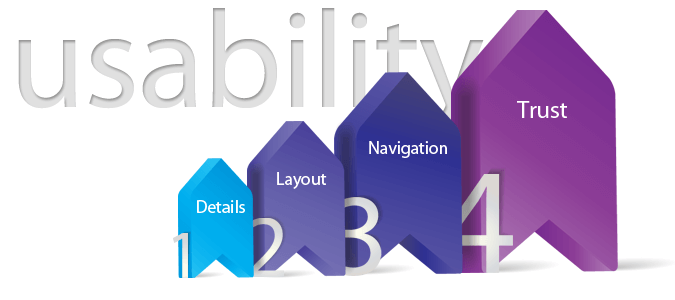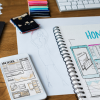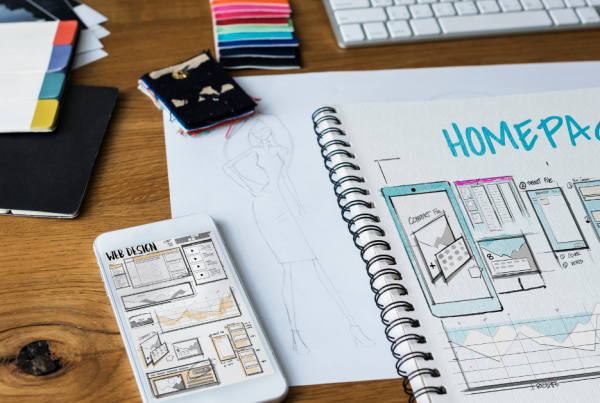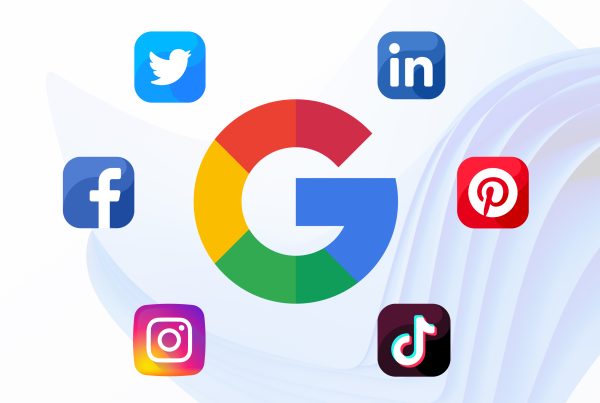Mistakes happen in every industry, however some mistakes hurt more than others. It is important to be aware of those issues that will negatively affect your business and web users. Web design companies and any business that uses a website should be on the lookout for these common mistakes in web design that hurt usability so that they can avoid making them, or correct them if their site happens to have them.
Usability is a key factor of the website experience for a user. If a person has a hard time finding what they want or getting to where they want to be (or you want them to be) then you are missing out on a potential conversion, which means fewer dollars in your pocket at the end of the day.
Let’s look at some of those common mistakes that hurt usability so that you can see if your website suffers from them.
Common Mistakes that hurt Usability
- Slow Site Speed – A slow website is the bane of most users. While a ten second load speed might have been fine a few years ago, now that is an eternity. Your site needs to be loaded in 3 seconds or less if you want happy users. On top of that, when you jump between pages on your site people expect that same level of speed or only slightly slower. The longer it takes to load the higher the chance of page and site abandonment.
- Bad Content Structure – For many sites content is a primary purpose people visit. They come to learn something or find information on a particular topic. But what happens when they can’t because it is not easily found? Broad or confusing category names are a common problem in content menus which leaves users checking each category to find what they want. A site structure that is not logical or that doesn’t follow common patterns can also be confusing. Last but not least is when a site doesn’t have a search option to allow people to jump to where they want to be. Usability testing is an important step in the design process to ensure that target users can intuitively find what they want rather than someone creating a structure based on how they think about content.
- Lack of Connections within the Site – There are some sites that are built over time, added onto much like additions to a house. Unfortunately this can create a situation where you have pockets of useful information that are not connected to other similar or important areas. Or there can even be cases where users follow one-way links and end up somewhere different than they want to be. This is problematic on two levels; from the user’s perspective and from a management perspective as you don’t have a firm handle on all of your resources. While a site-remapping could be in order you can also make sure to add additional links within pages to related information or look to consolidate information on your most popular pages for a subject.
- Overwhelming the Eyes – Most users scan web pages, they don’t read them like a book. However some sites use giant blocks of text that are near impossible to scan. The proper use of headers, spacing and lists is paramount to a good user experience and increased usability. Small paragraphs, bold or italics on important keywords, bulleted lists and the like are all tools that should be utilized to help attract the eyes of a user who is scanning so they can quickly find the information they need.
- Hidden or Unclear Links – Some designers like to use hidden links or links embedded in design elements as a way to showcase their ability to craft something visually appealing and interesting. However, while it might look nice, it is also harder for users to see. This can happen with Calls-to-action and navigation links, both critical components of your website. CTAs and navigation buttons should always be prominent and clear so visitors don’t need to guess.
- Limited Search Results – If your site has a lot of content, such as retail sites, and you have a search feature then it needs to provide strong results. Search engines within a site need to be fine-tuned based on search habits and content needs to be optimized and tagged properly for the search engine so that people find what they want quickly and easily lest they go somewhere else to find it.
The bottom line is that a good web design will have a high degree of usability for your customers. These common mistakes in web design that hurt usability also end up hurting your conversions and brand because your site will be unappealing and hard to use, something you definitely don’t want. So if your site is currently suffering from any of these issues, don’t wait on getting them fixed.
This article was originally published in 17 May 2017. It was most recently updated in November 28, 2022 by























